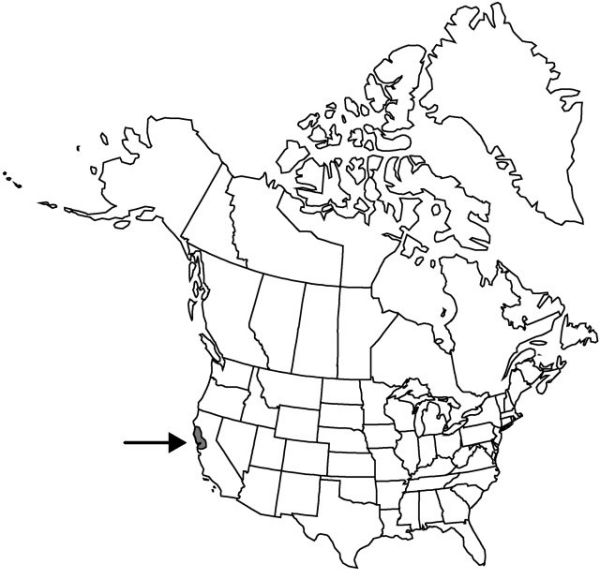Difference between revisions of "Calochortus umbellatus"
Proc. Acad. Nat. Sci. Philadelphia 20: 168. 1868.
FNA>Volume Importer |
imported>Volume Importer |
||
| Line 8: | Line 8: | ||
}} | }} | ||
|common_names=Oakland star-tulip | |common_names=Oakland star-tulip | ||
| + | |special_status={{Treatment/ID/Special_status | ||
| + | |code=E | ||
| + | |label=Endemic | ||
| + | }} | ||
|basionyms= | |basionyms= | ||
|synonyms= | |synonyms= | ||
| Line 46: | Line 50: | ||
|publication title=Proc. Acad. Nat. Sci. Philadelphia | |publication title=Proc. Acad. Nat. Sci. Philadelphia | ||
|publication year=1868 | |publication year=1868 | ||
| − | |special status= | + | |special status=Endemic |
| − | |source xml=https:// | + | |source xml=https://bibilujan@bitbucket.org/aafc-mbb/fna-data-curation.git/src/bb6b7e3a7de7d3b7888a1ad48c7fd8f5c722d8d6/coarse_grained_fna_xml/V26/V26_164.xml |
|genus=Calochortus | |genus=Calochortus | ||
|species=Calochortus umbellatus | |species=Calochortus umbellatus | ||
Revision as of 22:15, 27 May 2020
Stems usually branching, 8–25 cm, not bearing bulblets. Leaves: basal persistent, 2–4 dm; blade lanceolate, flat; cauline usually present. Inflorescences subumbellate, 3–12-flowered. Flowers ± erect; perianth open, campanulate; sepals 10–14 mm; petals white to pale pink, usually with purple blotch near gland, widely obovate to cuneate, 12–18 mm, adaxial surface not ciliate, ± glabrous, margins irregularly dentate distally; glands basally convex, covered by broad, ciliate membrane, bordered distally by short hairs; filaments longer than anthers; anthers oblong, apex acute or obtuse. Capsules nodding, 3-winged, 1–2 cm. Seeds dark brown, irregular. 2n = 20.
Phenology: Flowering early spring–early summer.
Habitat: Openings in chaparral or woods, often on serpentine
Elevation: 100–700 m
Discussion
Calochortus umbellatus grows around San Francisco Bay. It is reported also from Lake County.
Selected References
None.
